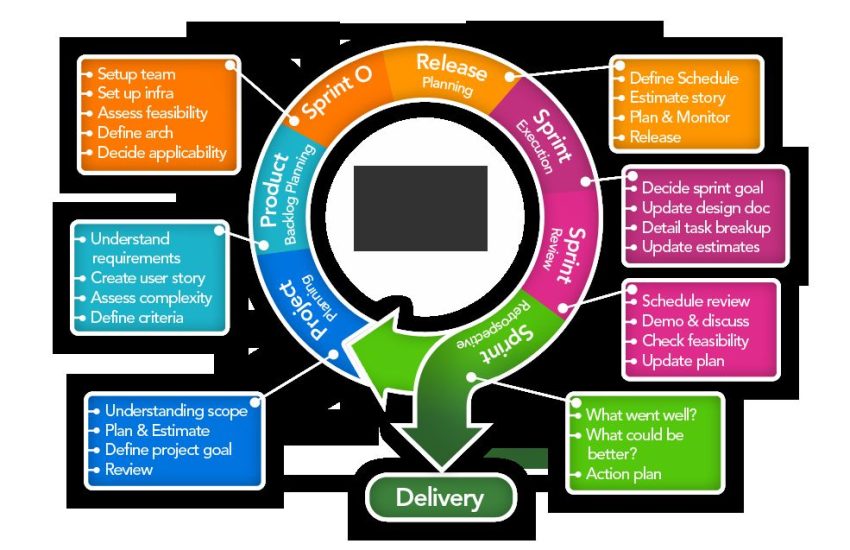The Best Practices for Building Responsive Websites in 2024
Building a responsive website is essential in today’s digital age. With the increasing use of mobile devices and varying screen sizes, it is crucial for websites to adapt to different devices and provide an optimal user experience. In 2024, there are several best practices that web developers and designers should follow to ensure their websites are responsive and user-friendly.
1. Mobile-First Design
One of the key principles of building a responsive website in 2024 is to design with mobile in mind first. With the majority of internet users now accessing websites on their mobile devices, it is important to prioritize mobile design to ensure a seamless experience for mobile users. By starting with a mobile-first approach, developers can create a website that looks great and functions well on all devices.
2. Flexible Grid Layouts
Using a flexible grid layout is crucial for building responsive websites. Grid layouts help organize content and ensure it looks good on all screen sizes. By using percentages and relative units like em or rem instead of fixed pixels, developers can create a grid system that adapts to different screen sizes and devices.
3. Media Queries
Media queries are CSS rules that allow developers to apply different styles based on the size of the device. By using media queries, developers can create a responsive design that adjusts to the screen size, orientation, and resolution of the device. Media queries are essential for ensuring that all elements on a website are appropriately sized and positioned for different devices.
4. Responsive Images and Videos
Images and videos are essential components of a website, but they can also slow down the loading time and affect the responsiveness of a site. To ensure your website is fast and responsive, it’s important to optimize images and videos for different screen sizes. Use image compression techniques, lazy loading, and choose the right file formats to ensure your website loads quickly and looks great on all devices.
5. Performance Optimization
Performance optimization is key to building a responsive website in 2024. Users expect websites to load quickly and smoothly, regardless of the device they are using. To optimize performance, developers should minify CSS and JavaScript files, leverage browser caching, and use a content delivery network (CDN) to reduce loading times. By optimizing performance, developers can create a faster and more responsive website.
6. Accessibility and Usability
Accessibility and usability are crucial aspects of building a responsive website. Developers should ensure their websites are accessible to all users, including those with disabilities. Use semantic HTML, ARIA roles, and alt attributes to make your website more accessible. Additionally, focus on usability by providing a clear navigation structure, easy-to-read content, and intuitive user interfaces to enhance the user experience.
7. Continuous Testing and Optimization
Building a responsive website is an ongoing process that requires continuous testing and optimization. Regularly test your website on different devices and screen sizes to ensure it looks and functions as intended. Use tools like Google’s Mobile-Friendly Test and Lighthouse to identify and fix any issues. By continuously testing and optimizing your website, you can ensure it remains responsive and user-friendly in 2024 and beyond.
Overall, building a responsive website in 2024 requires attention to detail, a mobile-first approach, and a focus on performance and usability. By following these best practices, web developers and designers can create websites that look great and function well on all devices, providing an optimal user experience for visitors.


